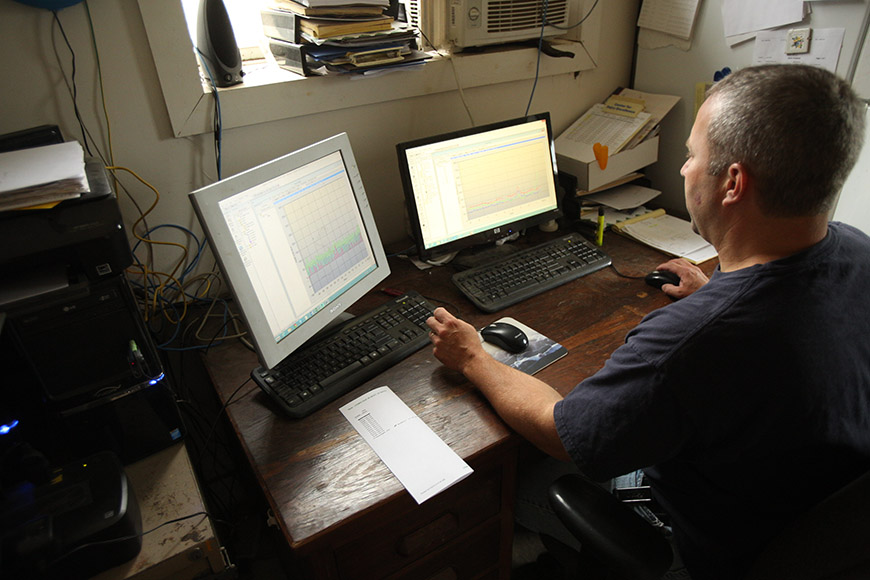Tackle Data Entry Like a Pro

Entering data can be overwhelming even for the most tech-savvy farmer. If you’re a relatively new ag technology user, how can you stay ahead of the game? Keeping accurate, clean data records is critical to making sound decisions throughout the season. Here are some tips to master the art of effective data entry.
1. Before planting, ensure you’re naming farms and fields consistently.
Setting field and farm boundaries at the beginning of the season and maintaining a consistent naming structure sounds simple enough. But small variations matter. For example, you may have named a data set “Home 40” in the tractor and “home” in the combine, causing systems to think that the same field is actually two separate fields.
Keep one list of names and labels for your fields and farms. Apply that structure throughout all your systems, like your GIS, modeling program and combine. Share this list with advisors and your retailer to ensure a standardized approach across the board.
2. When you plant, maintain accurate as-applied files.
Once you structure your data, preserve that structure as you record application data — from planting to in-season applications and beyond. When your as-applied files are clean and complete, you can rely on them when making future decisions, knowing you have the right brand, product and rate recorded.
3. At harvest, calibrate and recalibrate combines often.
It’s common practice to recalibrate when you switch from harvesting corn to soybeans. However, it’s also important to recalibrate between fields of the same crop. It’s easy to keep rolling when you have all corn acres, because it’s historically been a time-consuming task to recalibrate. However, newer technologies have scales in the grain hoppers, which saves time. Most important, if you want accurate data, you need accurate equipment. Precise harvest data lets you identify areas where improvements can be made for the following year.
4. Clean up your data post-harvest.
Once you’ve loaded harvest data into a computer system, remove all outliers and bad data sets that can distort results. For example, many yield maps will show high- and low-flow areas at the beginning and end of combine passes due to the sensor not taking an accurate measurement as the combine speeds up and slows down.
Talk with your local retailer about the tools and resources available to streamline data entry and management.
1. Before planting, ensure you’re naming farms and fields consistently.
Setting field and farm boundaries at the beginning of the season and maintaining a consistent naming structure sounds simple enough. But small variations matter. For example, you may have named a data set “Home 40” in the tractor and “home” in the combine, causing systems to think that the same field is actually two separate fields.
Keep one list of names and labels for your fields and farms. Apply that structure throughout all your systems, like your GIS, modeling program and combine. Share this list with advisors and your retailer to ensure a standardized approach across the board.
2. When you plant, maintain accurate as-applied files.
Once you structure your data, preserve that structure as you record application data — from planting to in-season applications and beyond. When your as-applied files are clean and complete, you can rely on them when making future decisions, knowing you have the right brand, product and rate recorded.
3. At harvest, calibrate and recalibrate combines often.
It’s common practice to recalibrate when you switch from harvesting corn to soybeans. However, it’s also important to recalibrate between fields of the same crop. It’s easy to keep rolling when you have all corn acres, because it’s historically been a time-consuming task to recalibrate. However, newer technologies have scales in the grain hoppers, which saves time. Most important, if you want accurate data, you need accurate equipment. Precise harvest data lets you identify areas where improvements can be made for the following year.
4. Clean up your data post-harvest.
Once you’ve loaded harvest data into a computer system, remove all outliers and bad data sets that can distort results. For example, many yield maps will show high- and low-flow areas at the beginning and end of combine passes due to the sensor not taking an accurate measurement as the combine speeds up and slows down.
Talk with your local retailer about the tools and resources available to streamline data entry and management.


